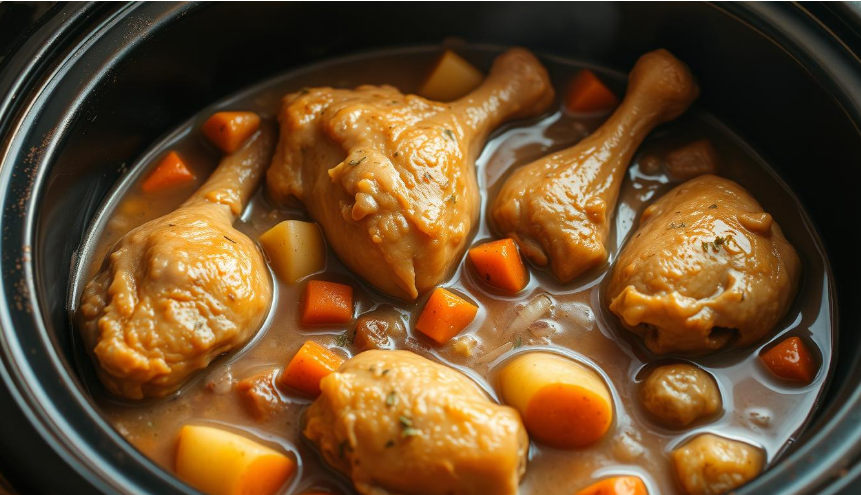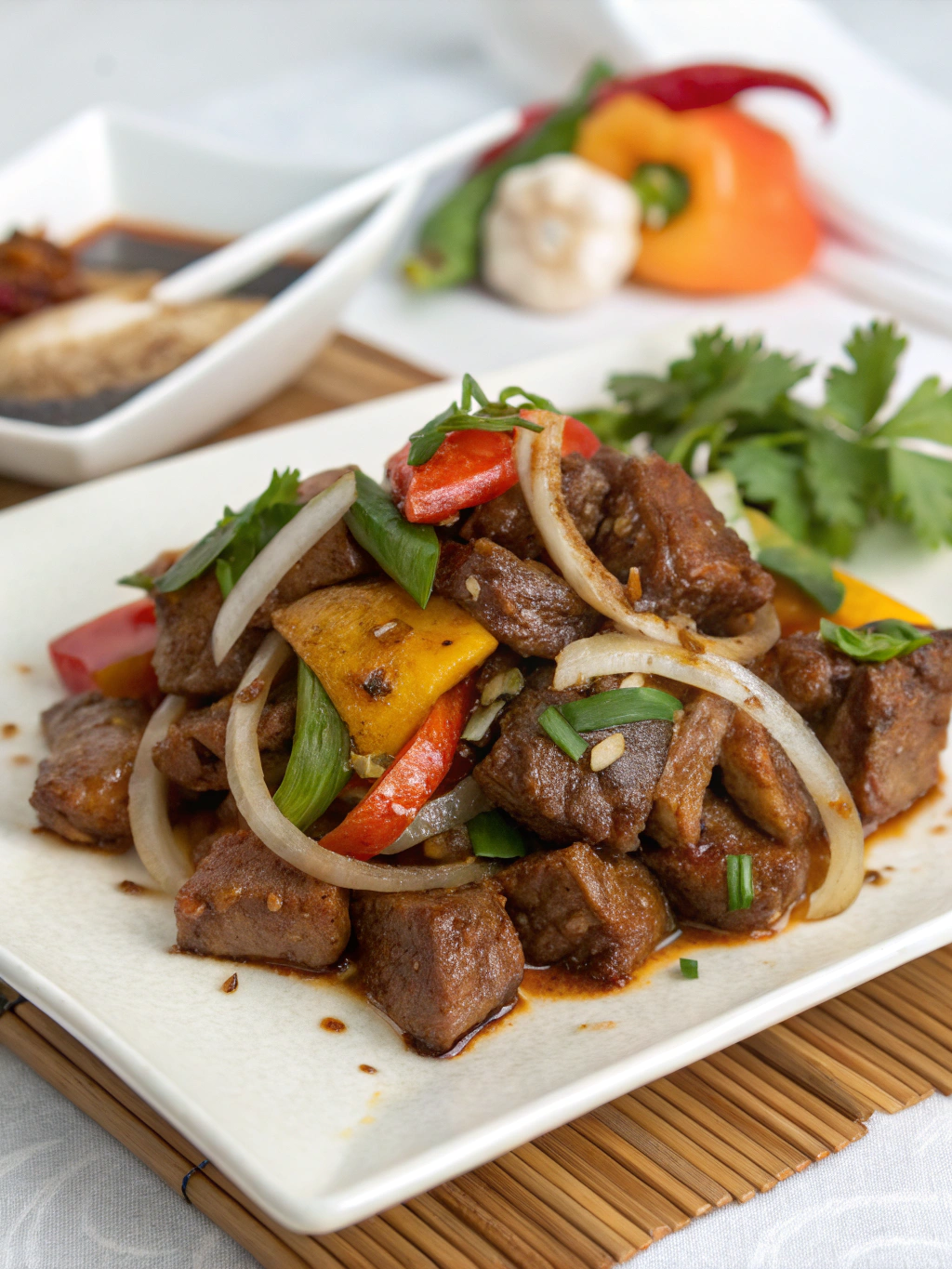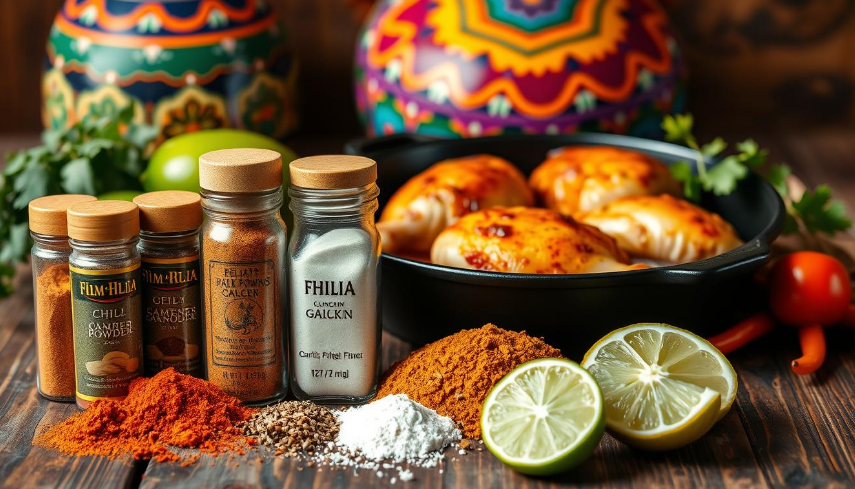Best Turkey Sausage Seasoning Mix for Perfect Flavor
Table of Contents
Making tasty homemade sausage starts with the right spices. A great seasoning mix can make your turkey sausage a favorite in your kitchen.
turkey sausage seasoning
For perfect flavors, use a top-notch seasoning mix. We’ll look at the best turkey sausage seasoning mixes and share a simple recipe for homemade sausage.
Key Takeaways
- Discover the importance of using a well-crafted seasoning mix for homemade sausage.
- Learn how to choose the best turkey sausage seasoning mix.
- Explore a simple recipe to make delicious homemade sausage.
- Understand the benefits of using a high-quality seasoning mix.
- Get tips on how to elevate the flavor of your turkey sausage.
Why Turkey Sausage Is a Healthier Alternative
Looking for a leaner sausage option? Turkey sausage is a great choice. It’s a healthier alternative to traditional pork sausage. It can help you eat fewer fats and calories.
Nutritional Benefits of Turkey vs. Traditional Pork Sausage
Turkey sausage has less fat and fewer calories than pork sausage. This is because turkey meat is leaner. Here’s a comparison of their nutritional values:
| Nutritional Content | Turkey Sausage (per 3 oz serving) | Pork Sausage (per 3 oz serving) |
| Calories | 140-160 | 250-300 |
| Fat (g) | 3-5 | 20-25 |
| Protein (g) | 15-20 | 15-20 |
Flavor Profile Possibilities with Turkey
Turkey sausage is versatile in flavor. You can season it with many herbs and spices. It can be spicy, smoky, or herby, making it perfect for creative cooking.

Essential Ingredients for Turkey Sausage Seasoning
Making the perfect turkey sausage seasoning mix starts with knowing the key ingredients. These ingredients are what make your homemade turkey sausages taste great. A balanced seasoning is key to delicious sausages.
Base Spices Every Mix Needs
The base of a great turkey sausage seasoning includes salt, black pepper, and garlic powder. These spices give your sausage its main flavor. You might also add paprika for smokiness and dried herbs like thyme and sage for a savory taste.
Optional Add-ins for Enhanced Flavor
For a special touch, try adding red pepper flakes for spice or onion powder for more flavor. You can also play with herbs like parsley or oregano to make your sausage stand out.
| Base Spice | Optional Add-ins |
| Salt | Red Pepper Flakes |
| Black Pepper | Onion Powder |
| Garlic Powder | Parsley |
| Paprika | Oregano |
The Perfect Turkey Sausage Seasoning Mix Recipe
The secret to great turkey sausage is in the seasoning mix. You can adjust it to match your taste. Here are three recipes to start with.
Classic Breakfast Blend
A classic breakfast blend is loved by many. It has sage, black pepper, and a touch of maple syrup. This mix gives a savory and sweet taste. To make it, mix 2 tablespoons of sage, 1 tablespoon of black pepper, 1 tablespoon of salt, and 1 teaspoon of maple syrup powder.
Italian-Style Turkey Sausage Seasoning
For an Italian-style sausage, use fennel, garlic, and Italian seasoning. Mix 2 tablespoons of fennel seeds, 1 tablespoon of garlic powder, 1 tablespoon of Italian seasoning, and 1 teaspoon of red pepper flakes for a spicy touch.
Spicy Southwest Mix
For those who like it hot, try the Spicy Southwest Mix. It has chili powder, cumin, and chipotle peppers. Mix 2 tablespoons of chili powder, 1 tablespoon of cumin, 1 tablespoon of chipotle pepper powder, and 1 teaspoon of lime zest for a zesty flavor.
| Seasoning Mix | Main Ingredients | Flavor Profile |
| Classic Breakfast Blend | Sage, Black Pepper, Maple Syrup | Savory, Slightly Sweet |
| Italian-Style | Fennel, Garlic, Italian Seasoning | Herby, Slightly Spicy |
| Spicy Southwest Mix | Chili Powder, Cumin, Chipotle Peppers | Spicy, Smoky |
Creating Your Own Custom Turkey Sausage Seasoning
Making your own turkey sausage seasoning lets you customize it however you like. You can adjust the flavor to fit your taste, dietary needs, and creativity in the kitchen.
Understanding Flavor Profiles
Knowing about flavor profiles is important when making your seasoning. Flavor profiles are the mix of tastes and smells that make up your seasoning’s character. You might find flavors like savory, spicy, smoky, or herbal.
Experimenting with Herbs and Spices
Trying out different herbs and spices is essential for a unique seasoning. You could mix paprika, garlic powder, and thyme for a classic taste. Or, you might want to try something new with chipotle peppers or lemon zest.
| Herb/Spice | Flavor Profile | Usage Level |
| Thyme | Savory, Slightly Minty | Low to Medium |
| Paprika | Smoky, Sweet | Medium to High |
| Garlic Powder | Pungent, Savory | Low to Medium |
Balancing Flavors in Your Turkey Sausage Seasoning
To make delicious turkey sausage, balancing flavors is key. A balanced mix is essential for tasty turkey sausage patties everyone will enjoy.
Sweet and Savory Balance
A great turkey sausage seasoning combines sweet and savory. Try mixing brown sugar or maple syrup with spices like sage or thyme. Find the right mix that you love.
| Sweet Ingredients | Savory Ingredients |
| Brown Sugar | Sage |
| Maple Syrup | Thyme |
Heat Level Adjustments
Adjust the heat in your turkey sausage to your liking. Add red pepper flakes or diced jalapeños for spice. For less heat, use less or none. Making your own turkey sausage patties lets you control the heat.
How to Properly Mix and Apply Seasoning to Turkey Meat
To get the perfect flavor in your homemade turkey sausage, it’s key to know how to mix and apply seasoning. It’s not just about adding spices. It’s about doing it right so every bite tastes great.
Calculating the Right Amount of Seasoning
For seasoning turkey meat, use about 1-2% of the meat’s total weight. For example, with 1 pound (450g) of turkey, use 1.5 to 3 teaspoons of seasoning mix. But, this can change based on your taste and the seasoning mix you use.
| Turkey Meat Weight | Recommended Seasoning Amount |
| 1 pound (450g) | 1.5 to 3 teaspoons |
| 2 pounds (900g) | 3 to 6 teaspoons |
Mixing Techniques for Even Distribution
The way you mix seasoning into turkey meat is as important as the amount. Use a gentle mix to avoid making the meat dense. A fork or your hands (lightly oiled) work best. Mix until the seasoning is spread out evenly, but don’t overdo it.
Resting Time for Maximum Flavor Absorption
After mixing the seasoning into the turkey, let it rest for at least 30 minutes to an hour before shaping or cooking. This resting time lets the flavors sink deeper into the meat. As Chef John says, “Letting the meat rest is like letting a good wine age – it enhances the overall flavor profile.”
“The resting time is crucial for the distribution of flavors throughout the meat.”
Creating Perfect Turkey Sausage Patties
Making the perfect turkey sausage patty needs focus and a few easy steps. You must pay attention to the meat-to-fat ratio and how you shape and size the patties.
Ideal Meat-to-Fat Ratio
The right mix of meat and fat is key for juicy, tasty turkey sausage patties. Aim for 80% lean meat and 20% fat. This mix keeps your patties healthy and full of flavor. Don’t use too lean meat, as it can make patties dry. Too much fat, on the other hand, can make them too greasy.
Shaping and Sizing Tips
When shaping your turkey sausage patties, uniformity is key. Make sure all patties are about the same size for even cooking. A good size is 3-4 inches in diameter and 1/2 inch thick. Handle the meat gently to avoid breaking patties. You can also use a patty mold or a burger press for consistent shapes.
Making Turkey Sausage Links at Home
You can make delicious turkey sausage links at home with the right ingredients and tools. This way, you control the flavors and ingredients. It’s a healthier and tastier choice than store-bought sausages.
Equipment You’ll Need
To make turkey sausage links, you need some basic tools. You’ll need a meat grinder or sausage grinder attachment, a mixing bowl, a sausage stuffer, and casings. A kitchen scale is also helpful for measuring ingredients.
- Meat grinder or sausage grinder attachment
- Mixing bowl
- Sausage stuffer
- Casings for the links
- Kitchen scale
Step-by-Step Stuffing Process
Stuffing the sausage mixture into casings is easy. First, make your turkey sausage mixture. Then, fill the sausage stuffer with it. Start stuffing the mixture into the casings and twist them to form links.
| Step | Description |
| 1 | Prepare the turkey sausage mixture |
| 2 | Fill the sausage stuffer with the mixture |
| 3 | Stuff the mixture into casings |
| 4 | Twist the filled casings to form links |
Cooking Methods for Homemade Turkey Sausage
Now that you’ve made your homemade turkey sausage, it’s time to explore the best ways to cook it. The cooking method you choose can significantly impact the flavor and texture of your sausage.
Pan-Frying for Perfect Texture
Pan-frying is a popular method for cooking turkey sausage. It allows for a crispy exterior while keeping the inside juicy. To pan-fry, heat a skillet over medium-high heat, add a small amount of oil, and cook the sausage for about 5-7 minutes on each side, or until it reaches an internal temperature of 165°F.
Baking for Healthier Option
Baking is a healthier alternative to pan-frying and is just as easy. Preheat your oven to 375°F (190°C). Place the sausage on a baking sheet lined with parchment paper, leaving some space between each patty or link. Bake for about 15-20 minutes, or until the sausage reaches an internal temperature of 165°F, flipping halfway through.
Grilling Tips and Techniques
Grilling adds a smoky flavor to your turkey sausage. Preheat your grill to medium-high heat. Place the sausage on the grill and cook for about 5-7 minutes per side, or until it reaches an internal temperature of 165°F. Keep an eye on the sausage to prevent burning, and consider using a meat thermometer to ensure it’s cooked through.
Health Considerations When Making Turkey Sausage
Making a healthy turkey sausage recipe is more than picking the right meat. You must think about several health factors. This ensures your sausage is tasty and good for you.
Sodium Content and Alternatives
Sodium is a big health concern. Traditional sausages often have a lot of salt and preservatives. To cut down on sodium, try salt-free seasonings or herbs like thyme and rosemary. “Lowering sodium can greatly reduce heart disease risk,” say health experts.
Allergen-Free Seasoning Options
It’s also key to make your turkey sausage safe for everyone. Many seasonings have allergens like gluten or soy. Choose allergen-free spice blends or make your own mix from scratch. This way, your sausage is safe for all to enjoy.
Troubleshooting Common Turkey Sausage Issues
When making turkey sausage, you might run into some common problems. These can include a dry texture or an unbalanced flavor. Knowing how to fix these issues can improve your sausage-making skills.
Fixing Dry or Crumbly Texture
A dry or crumbly texture in turkey sausage often comes from overmixing the meat or too much seasoning. To solve this, mix the ingredients just until they come together. Also, a bit more fat can help keep the sausage moist.
Here’s a simple table to help you adjust the fat content:
| Fat Content | Texture Outcome |
| Low (less than 10%) | Dry, crumbly |
| Moderate (10-15%) | Juicy, firm |
| High (more than 15%) | Greasy, soft |
Adjusting Overpowering or Bland Flavors
If your turkey sausage tastes too bland, add more seasoning. But if it’s too strong, you might need to balance the flavors. For a turkey sausage patty, try adding a bit more salt or herbs to enhance the flavor.
When cooking, make sure you’re not overcooking. This can also affect the taste. For how to cook turkey sausage effectively, pan-frying or grilling can give a nice sear, which enhances the flavor.
Conclusion: Elevating Your Homemade Turkey Sausage
You now know how to make tasty homemade turkey sausage with the right spices. A great turkey sausage seasoning mix is key to better sausage. It makes a big difference, whether you’re making breakfast patties or Italian-style links.
Try out different herbs and spices to make your turkey sausage just right. Don’t hesitate to mix things up to find your favorite taste. With the tips from this article, you’ll soon be making turkey sausage that everyone will love.
Learning about turkey sausage seasoning not only boosts flavor but also makes your sausage healthier and tastier. So, get creative and start making your own turkey sausage with the perfect seasoning.
FAQ
What is the best way to cook turkey sausage?
You can cook turkey sausage in several ways. Pan-frying gives a crispy outside. Baking is healthier. Grilling adds a smoky taste.
How do I make a turkey sausage patty?
To make a turkey sausage patty, mix turkey meat with seasonings. Shape into patties. Cook in a pan or on a grill. Handle the meat gently.
What is the ideal meat-to-fat ratio for turkey sausage?
The best ratio is 85:15 or 90:10 meat to fat. This makes the sausage juicy and flavorful.
How much seasoning should I use for my turkey sausage?
Seasoning amount depends on your taste and the type of seasoning. Start with 1-2 tablespoons per pound. Adjust as needed.
Can I make turkey sausage links at home?
Yes, you can make turkey sausage links at home. Mix turkey meat with seasonings. Stuff into casings and twist to form links.
How do I prevent my turkey sausage from becoming dry or crumbly?
To avoid dry sausage, don’t overmix the meat. Handle it gently. Cook to the right temperature. Adding more fat or using a marinade helps keep it moist.
What are some common allergen-free seasoning options for turkey sausage?
Good seasoning options include salt, pepper, garlic powder, and onion powder. Try herbs like thyme, sage, and rosemary too.
How do I adjust the heat level of my turkey sausage?
To change the heat, add more or less spicy ingredients. Use different peppers or spices for the desired heat.
What did you think of our recipe?
There are no reviews yet. Be the first one to write one.







